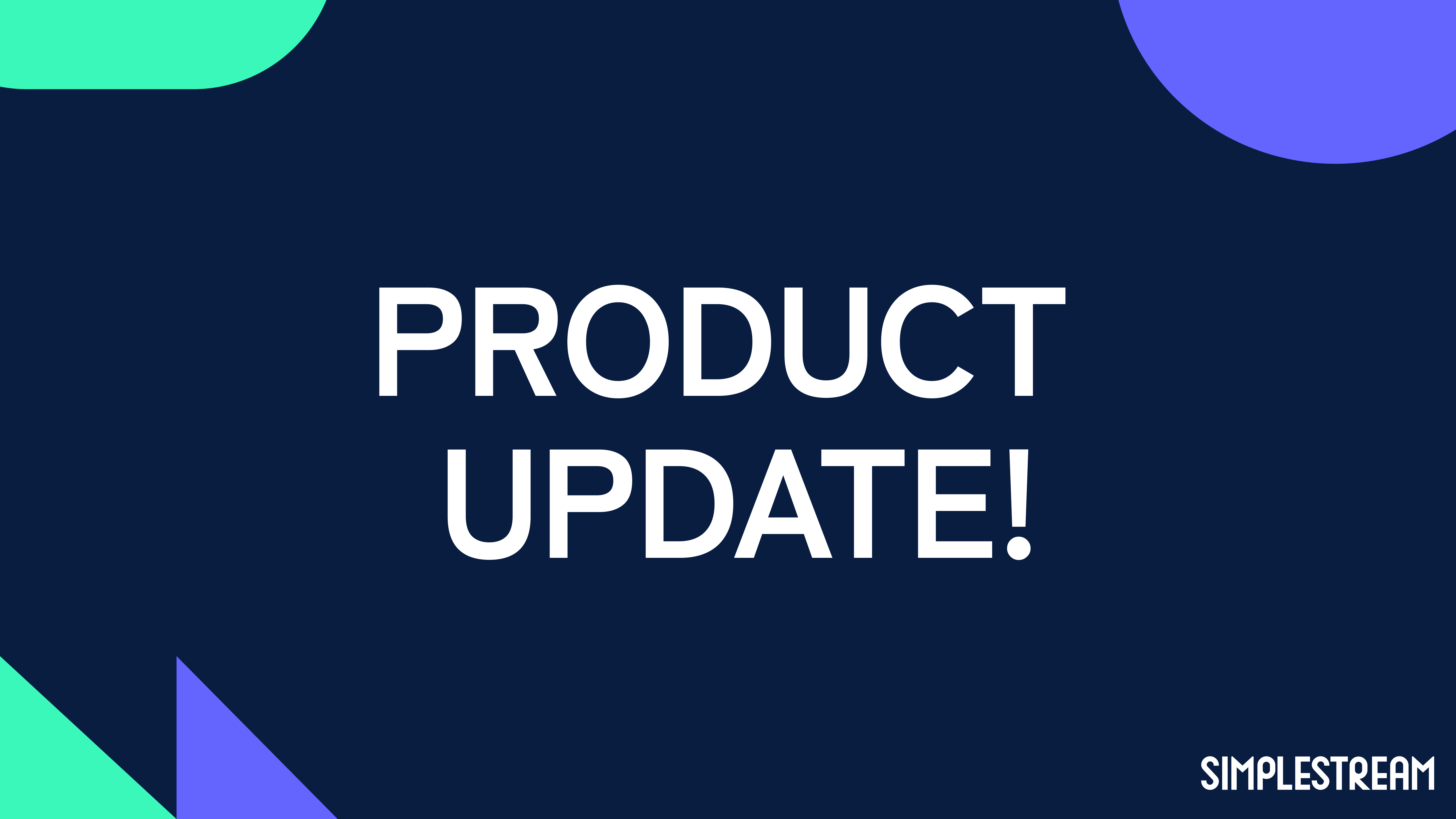Titan OS, the new TV OS challenging Android TV and WebOS
Find out everything you need to know about Titan OS, the latest independent European operating system launching on Philips and AOC TVs.
Titan OS is the newest independent European operating system launching on Philips and AOC TVs in Europe and Latin America. Alongside this announcement, the company behind Titan OS announced its Titan advertising division to help advertisers reach more relevant audiences.
The launch of a new operating system challenges existing competitors in the space, but it also creates challenges for the streaming services looking to expand to this platform. We’ve gathered all the information available to understand the opportunity Titan OS represents for streaming services looking to expand.
Who created Titan OS?
The OS was developed for Smart TVs by Titan OS S.L, a technology company based in Barcelona, and founded by experienced industry executives from Disney, Roku, Rakuten TV and KKR. Titan OS will initially launch on Philips and AOC TVs following the announcement of a strategic alliance with TP Vision.
With offices in Barcelona, Amsterdam and Taipei, the company is aiming to expand its global presence. The latest announcement from the company has been its partnership with OneTrust for privacy and compliance with global regulations.
Ad Platform

Advertising sits at the core of the Titan OS monetisation model. The launch of the new operating system includes cutting-edge advertising solutions, managed by Titan Advertising.
The solution is set to enable TV manufacturers to extend their business beyond hardware, opening the opportunity to generate continuous revenue streams for the 40% of the TV market in Europe that is currently lacking an owned operating system. The ad-focused solution is expected to provide operators with a variety of opportunities to monetise active and passive content consumption, including onstream ads and homepage ads. There’s also audience extension via Titan OS’s tech and inventory partnerships to reach audiences within the operating system and elsewhere on other devices.
In light of the central role played by advertising in the new operating system, the adoption of a consent management platform (CMP) is also essential.
What apps are available on Titan OS?

The lineup of apps on the OS looks strong, with headline names such as Netflix, Disney+, Amazon Prime and YouTube all present. There are also UK-specific apps such as BBC iPlayer, Channel 4, ITVX and My5.
Although the current offering is very strong, there are a few missing options such as Apple TV and NOW. That’s not to say these apps won’t be available later.
Titan OS features
Promising an experience that means users can “say goodbye to analysis paralysis”, Titan OS offers the essential features viewers have come to expect. We’ve collected the currently known features that will be offered:
Personalisation
Titan wants users to spend less time searching for content to watch, and more time enjoying their favourite entertainment. They address this issue by offering a personalised experience through customisable lists of apps and recommendations on the home screen, meaning users should spend less time searching and more time watching.
Independent platform
The platform Titan OS offers is independent, meaning that broadcasters and advertisers have greater control. Titan has already addressed some of the concerns this raised about user data privacy, through their partnership with OneTrust.
It remains to be seen how lucrative the advertising portion of the Titan offering is, but the partnership with TP Vision will mean that ads could reach millions of screens, from day one.
Content aggregation
Titan has focused on aggregating content from streaming services and broadcasters to offer plenty of choice for viewers. To further optimise the experience, the OS will allow viewers to browse all this content from the home page with personalised recommendations, rather than having to enter individual apps.
The company claims that all content from streaming services to linear channels will be displayed on the home page, to offer a personalised experience from the moment the TV is switched on. Content discoverability for the operators of streaming services has long been an issue, but it’s not entirely clear yet how effective this OS will be at addressing this.
Cloud-accessed apps
Unlike other TV OS platforms, Titan OS will not require apps to be installed locally on Smart TVs – which solves a long-standing issue of the requirement for increased storage space on these devices.
This also means that apps will not need to be updated, as they’ll be accessed over the internet through the central Titan OS cloud server. This means apps will always be up to date, however, it’s not yet understood what will happen if an app is updated while a user is accessing it. Provided there’s sufficient redundancy in place to ensure apps are reliably accessible, then this could work very well.
Is it worth getting an app on Titan OS?
While it’s not possible to predict how successful Titan OS will be, the partnerships with TP Vision and OneTrust inspire some confidence. The personalisation aspects and ability to browse content from multiple services from the home page also offer a richer experience for viewers.
The launch of the OS on Philips and AOC TVs also means that there’s the potential to be on millions of screens from launch, via a simple OS update on the devices, so there’s scope for growing content owners and broadcasters to capitalise on this.
If you’re interested in getting your app onto Connected TVs and the latest operating systems, get in touch to find out how Simplestream could help.


